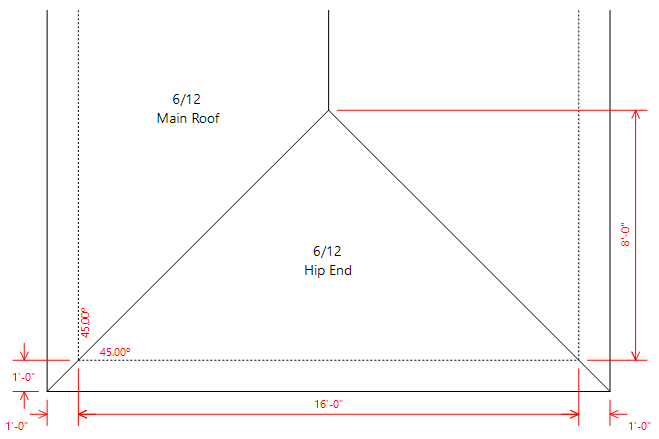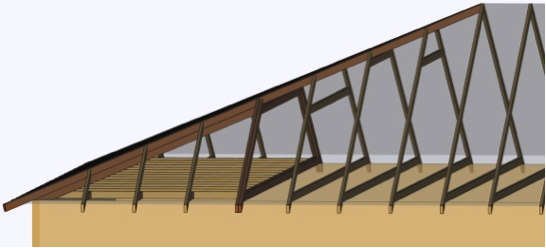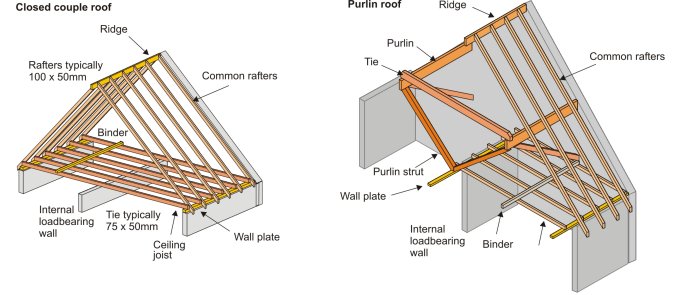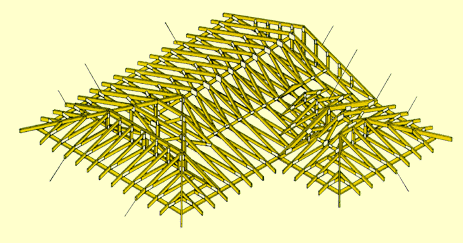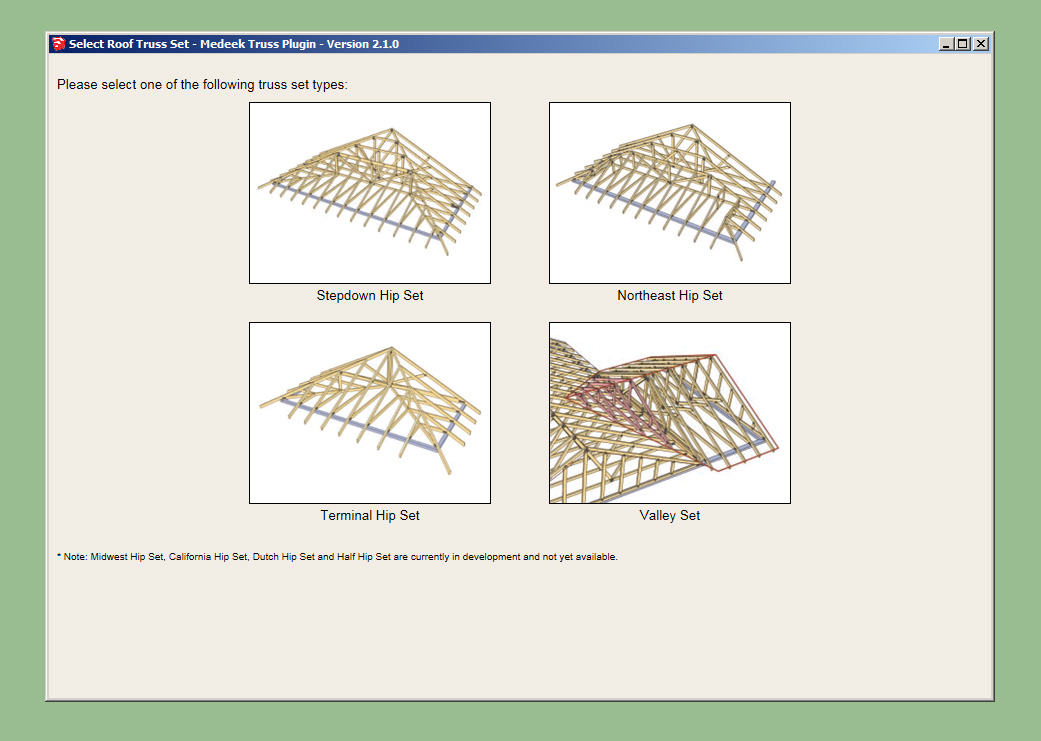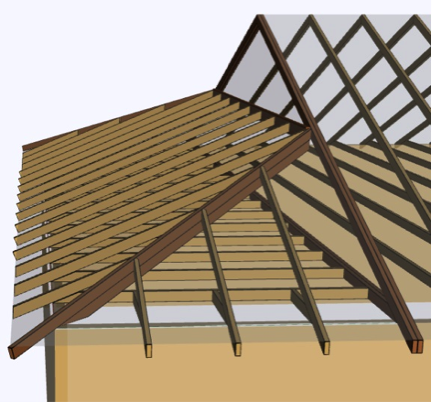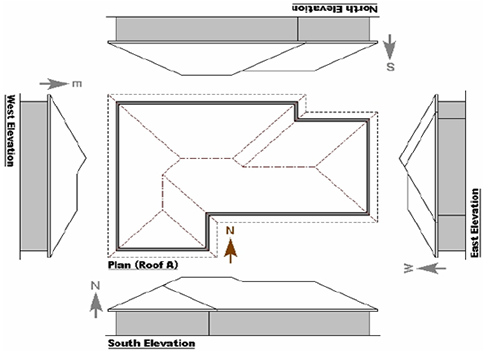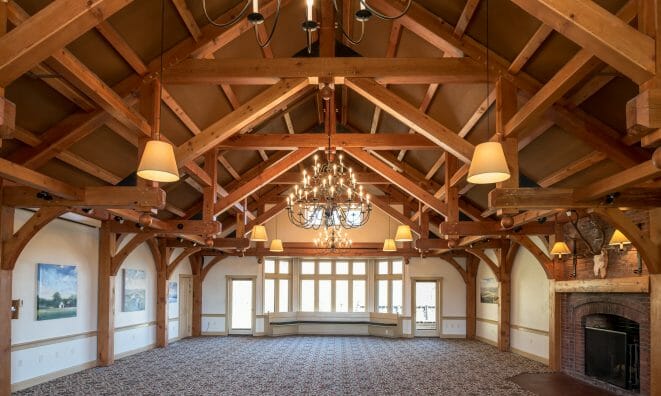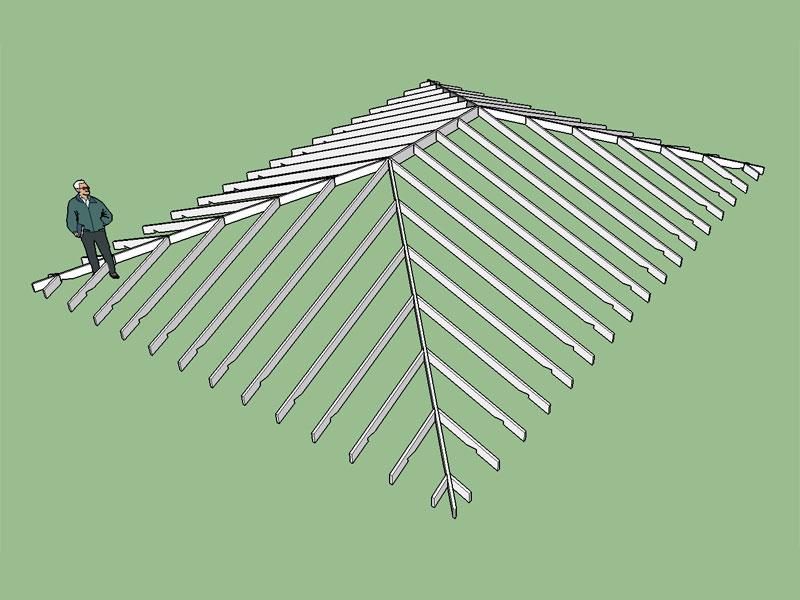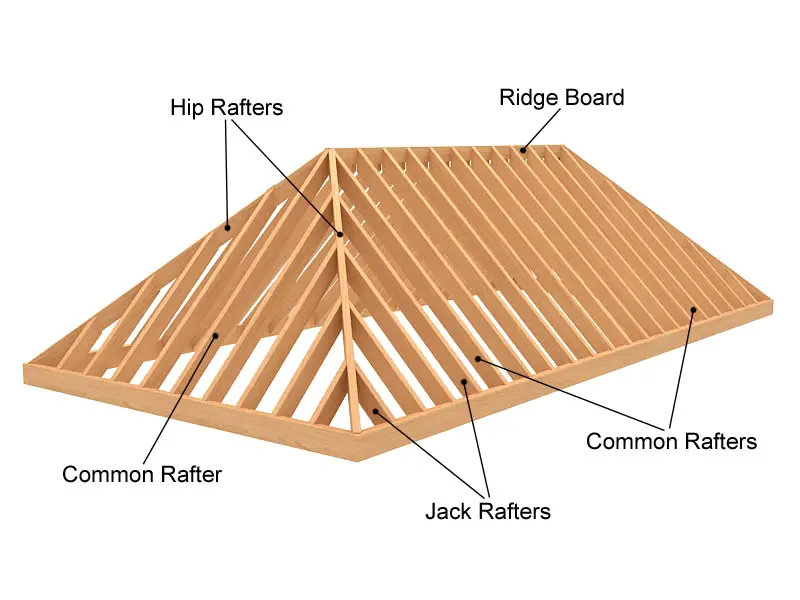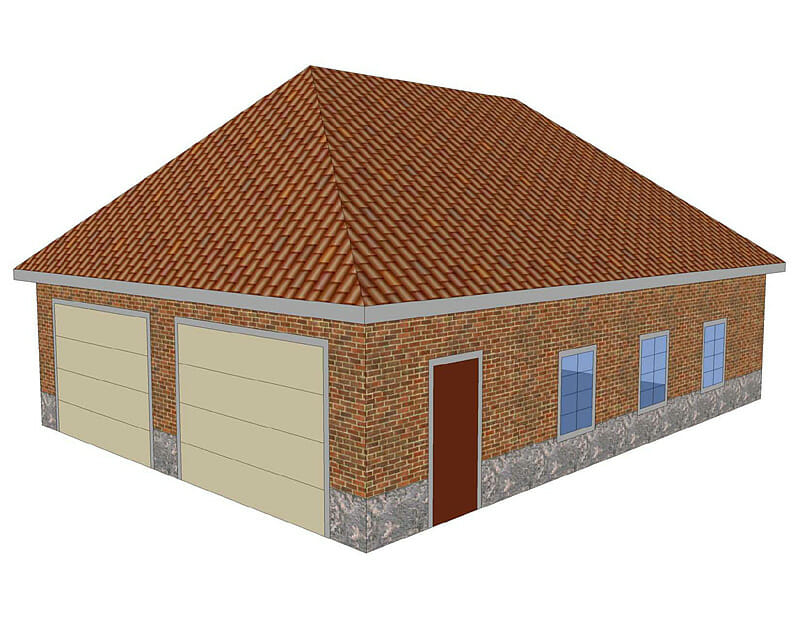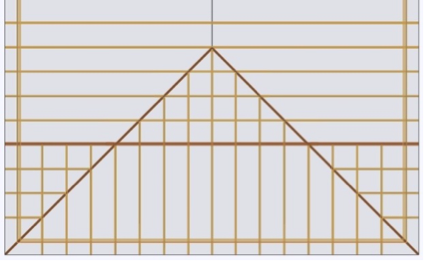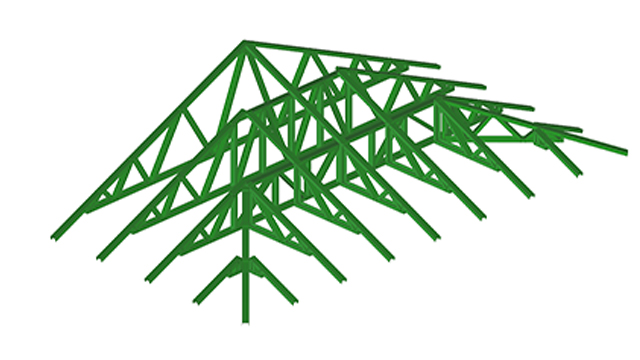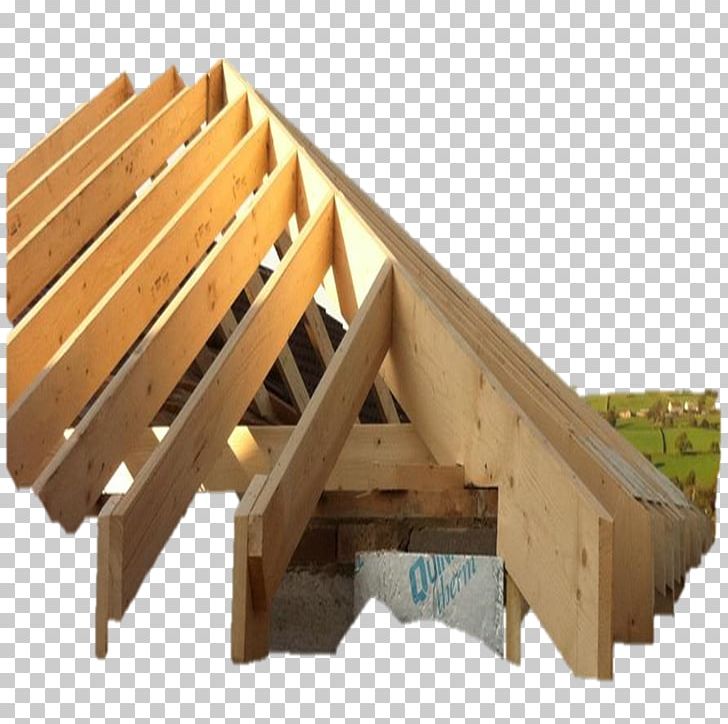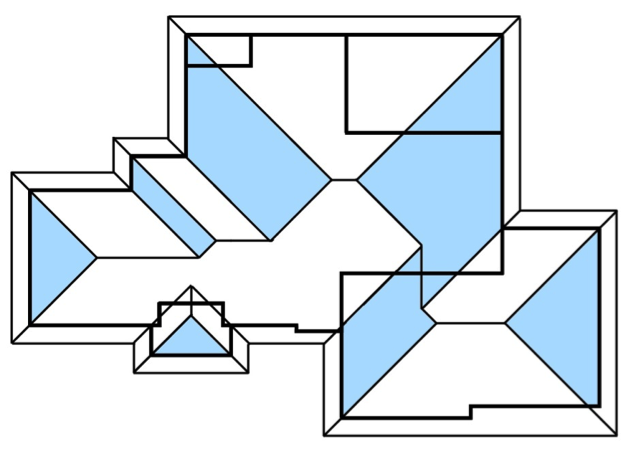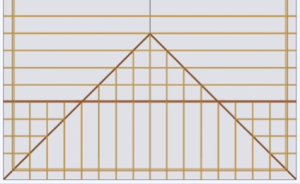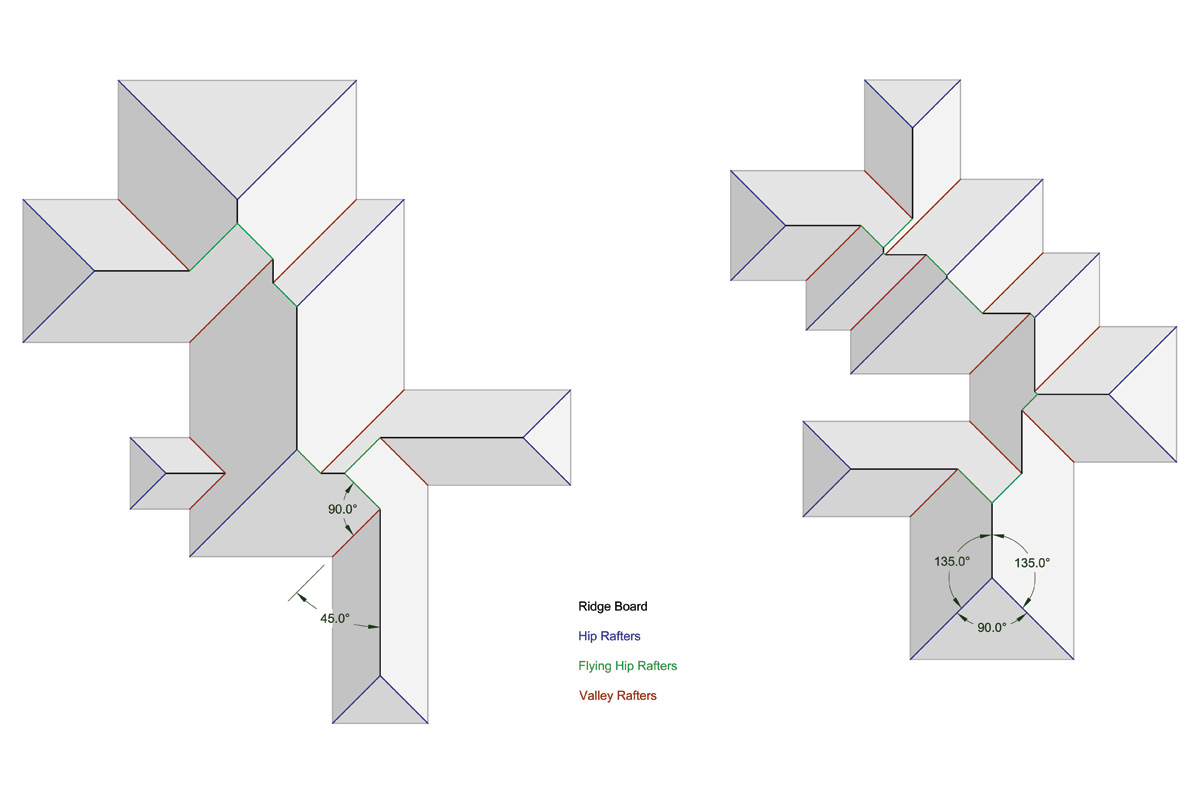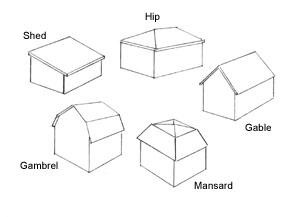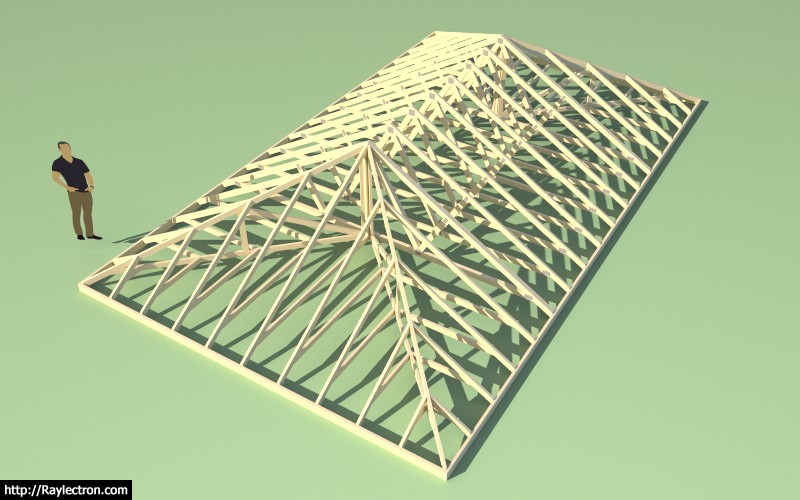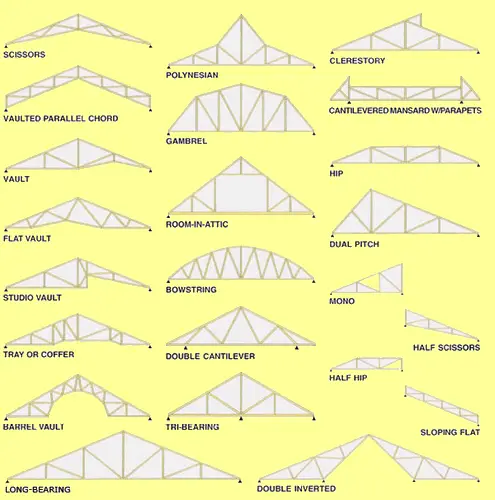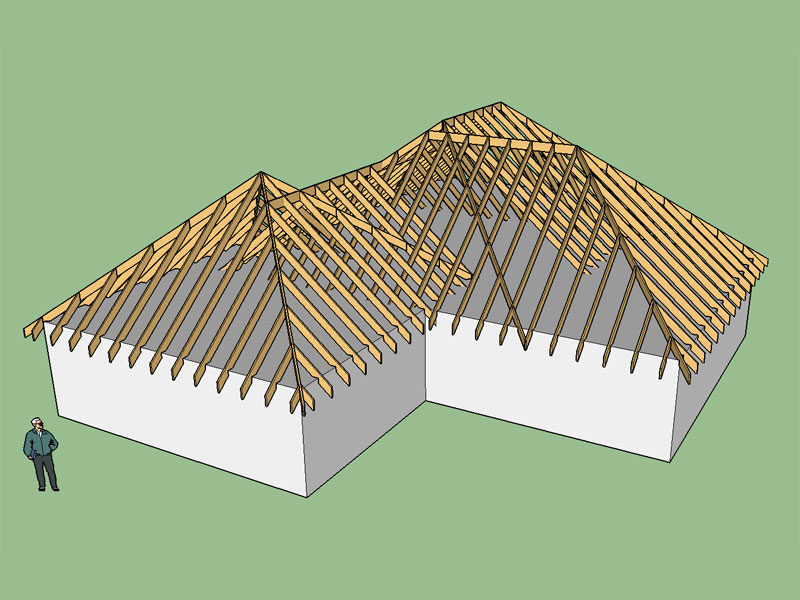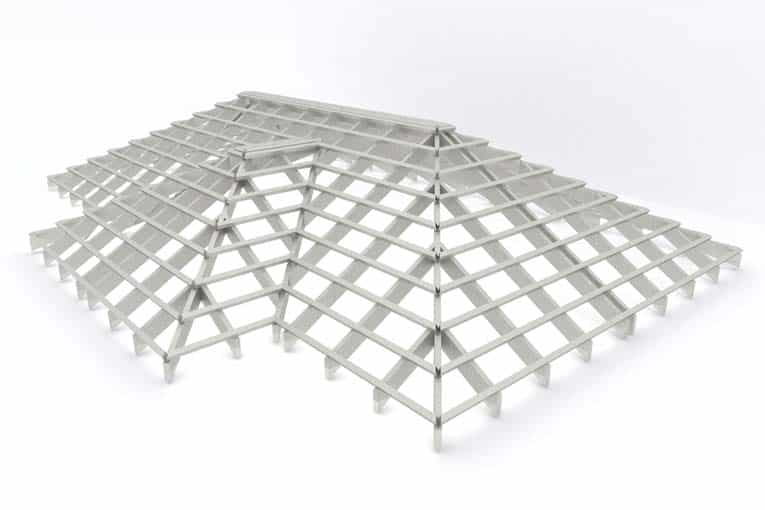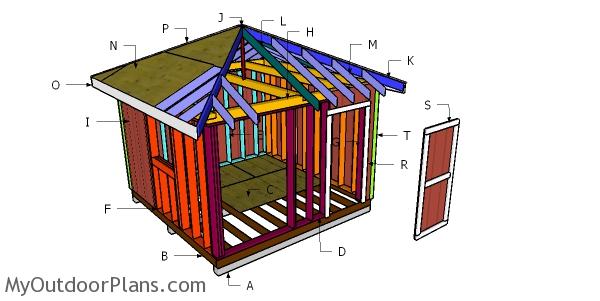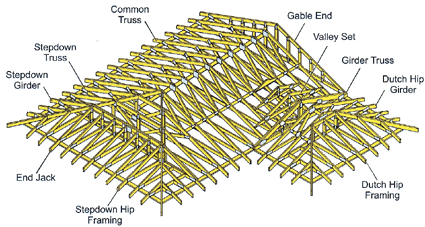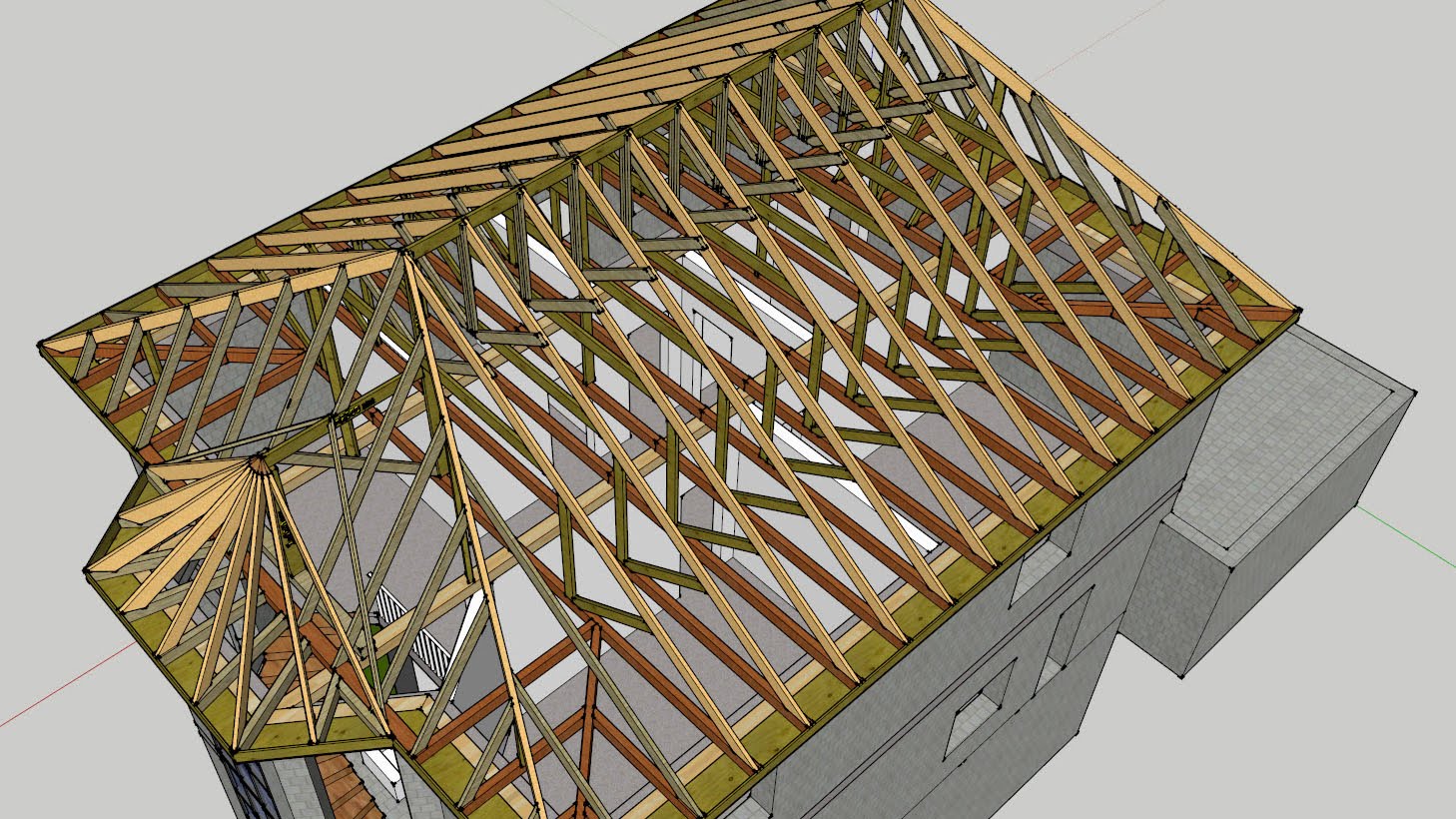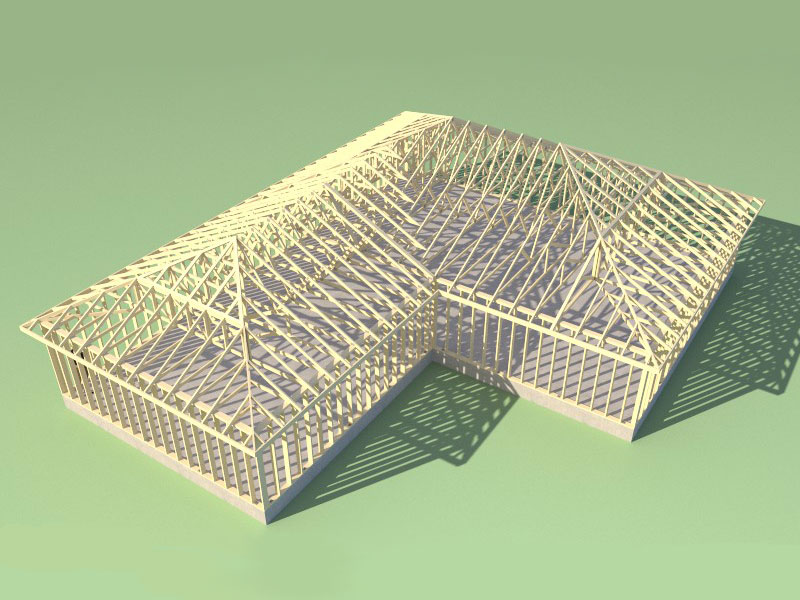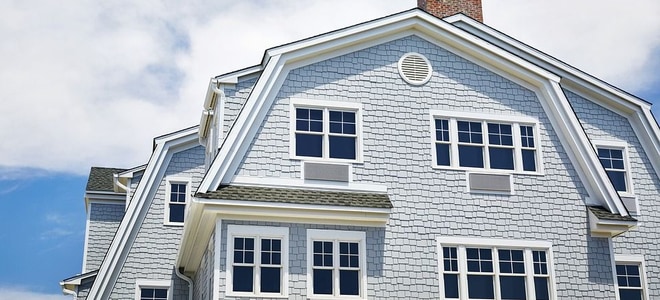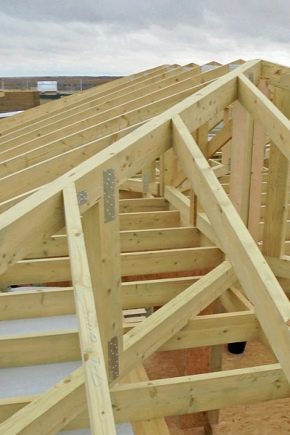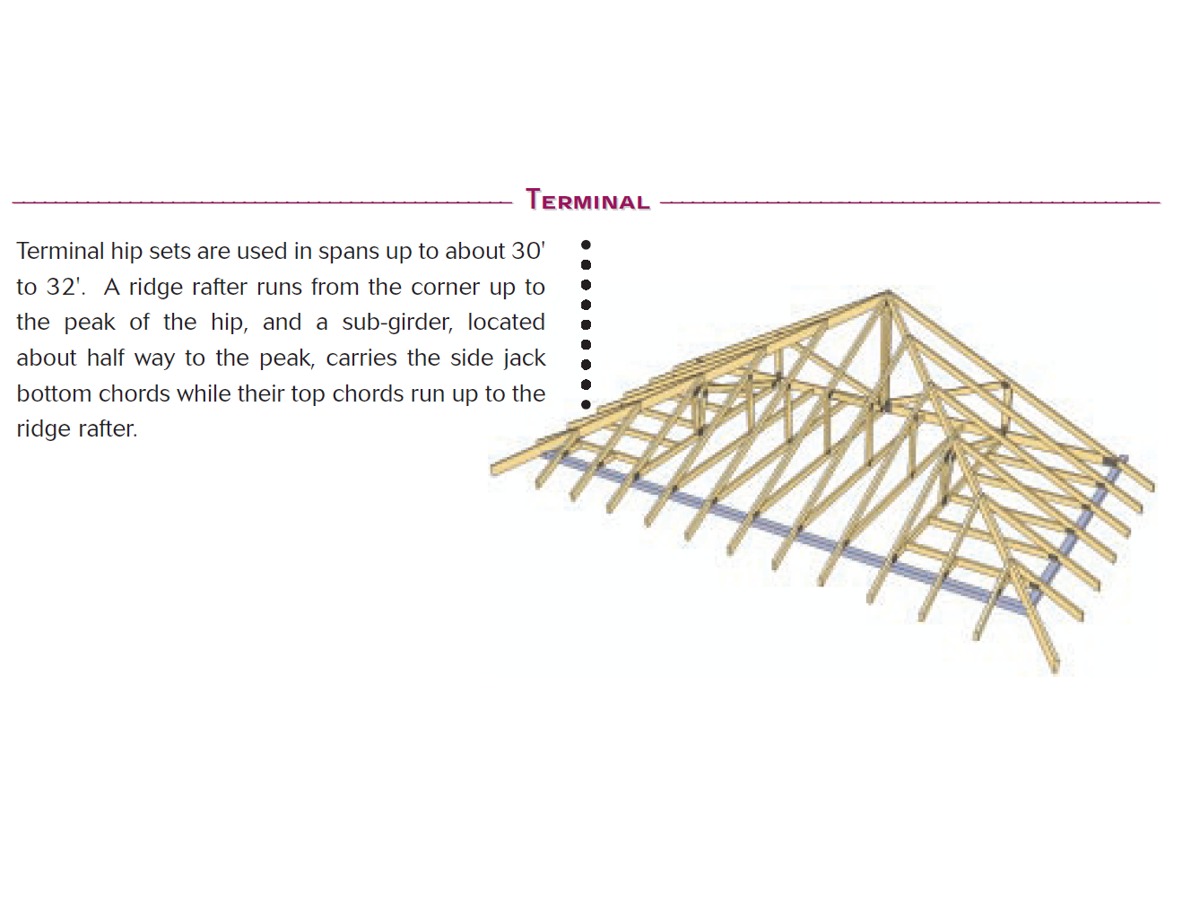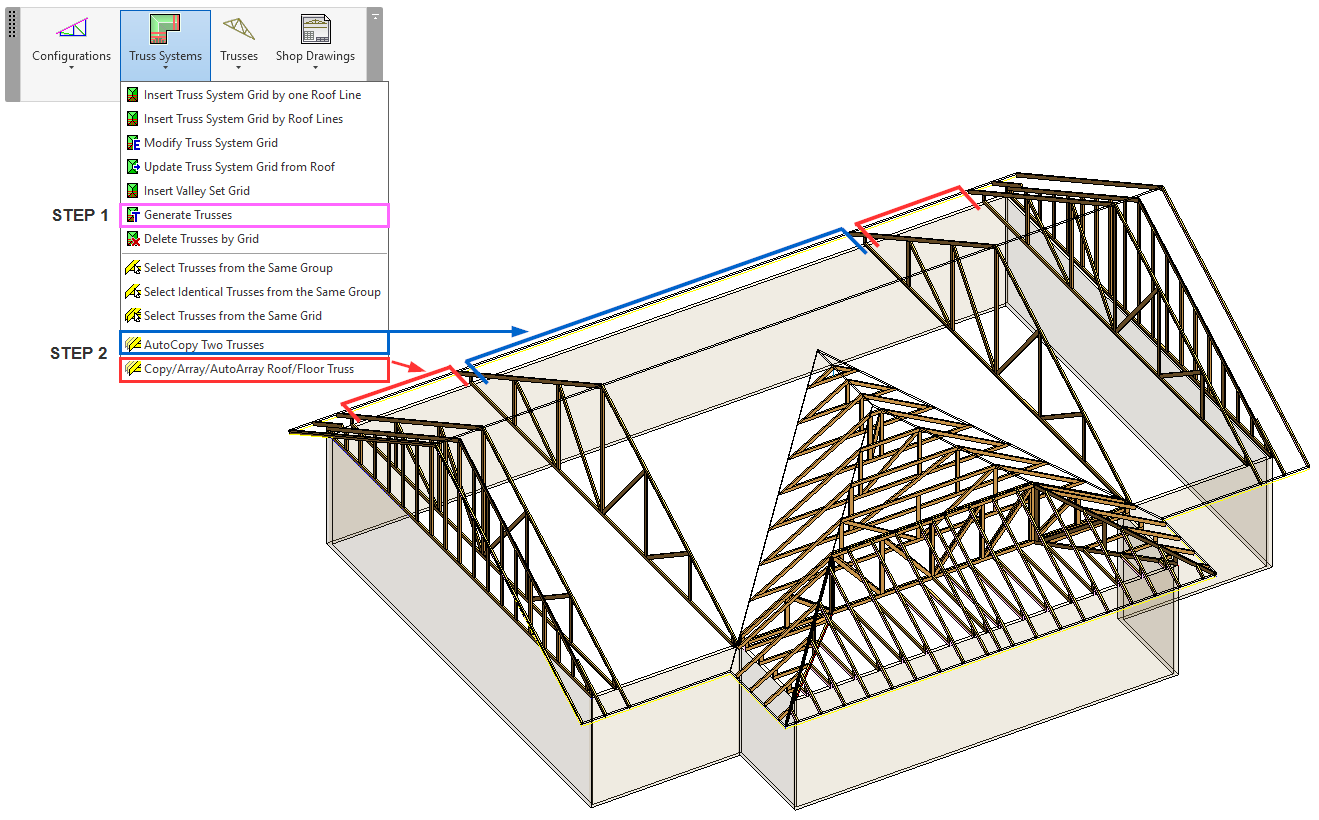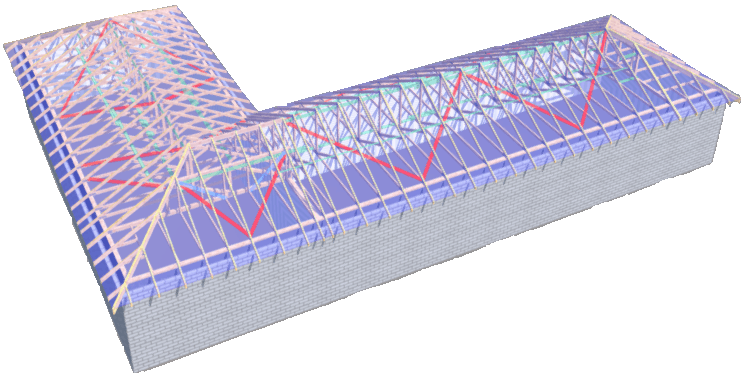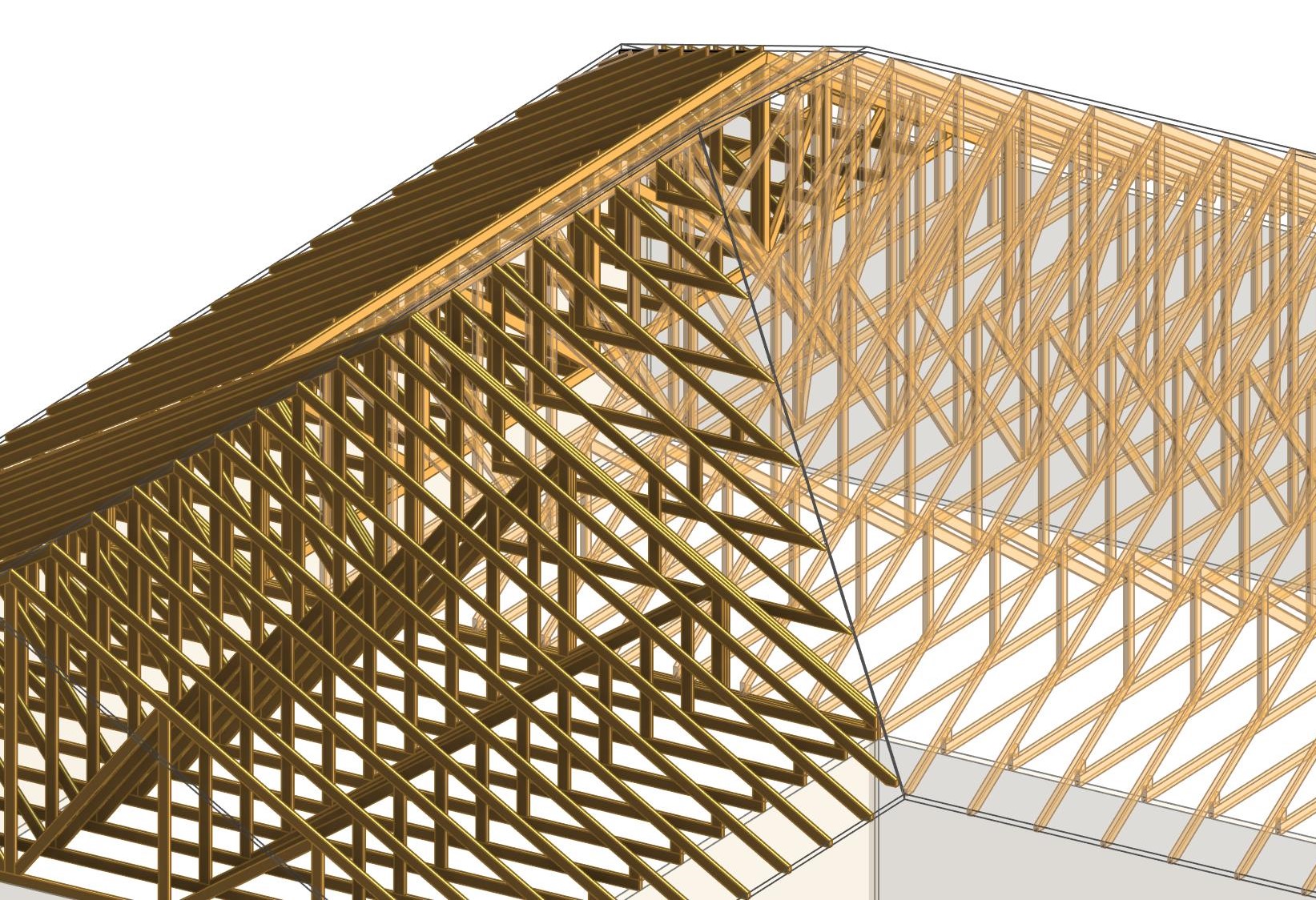Hip Roof Truss Design
Each of the four sides of the roof slope downward there are no upright or vertical parts no gables etc on a hip roof.

Hip roof truss design. Hip roofs are more stable than gable roofs and more resistant to strong winds and hurricane. A hip roof or a hipped roof is a style of roofing that slopes downwards from all sides to the walls and hence has no vertical sides. This style of roofing became popular in the united states during the 18 th century in the early georgian period. S1 s4 s13 s16 s17 s20 s25 28 hip rafters layout.
Hip roof framing diagram main roof side hip roof truss layout hip end side hip roof framing plan truss layout jack rafters layout left side. Steep hip roofs can be constructed easier by stick framing last minute changes can be made one piece at a time with the framing to construct half stories built into the roof that have large dormers or shed roof style openings out of the roof. The complete guide to roof trusses. A hip roof design refers to a roof where the roof sides slope downwards from a middle peak with the rafter ends meeting the exterior walls of the house.
Hip girder truss a pitch truss with a truncated or flat apex so that it can support more load. Design cost framing more. Hip roof design framing construction porch roof roof trusses gable roof roof structure slate roof roof architecture roof styles hip roof design and construction hip roofs or so called hipped roofs are a special type of roof that has a very gentle slope at the sides with a downward pattern towards the side walls. The hip roof is the most commonly used roof style in north america after the gabled roof.
Hip roof design framing construction porch roof roof trusses gable roof roof structure slate roof roof architecture roof styles hip roof design and construction hip roofs or so called hipped roofs are a special type of roof that has a very gentle slope at the sides with a downward pattern towards the side walls. Roof battens lath hip end side. The prefabricated hip roof trusses are created and designed by engineers so that they can meet the load of the roof along with the requirements of the building code.



